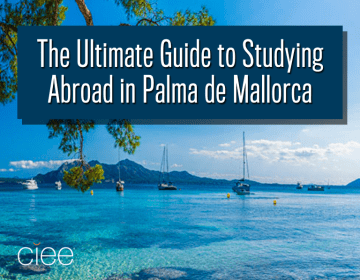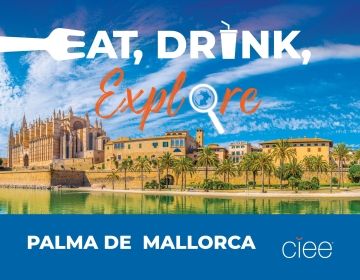Mallorca Travel Guide: Everything You Need to Know
For students looking for a unique study abroad experience, we have just the thing at CIEE: Island life. And what better place to bask in island life than on Mallorca, one of the Mediterranean’s most beloved islands?
If taking your studies to Mallorca sounds like paradise, keep reading to learn everything you need to know about traveling to the reigning queen of the Balearic Islands.
Why Travel to Mallorca?
Situated only 125 miles off the southeast coast of mainland Spain, Mallorca is widely regarded as one of the most historic islands in the country and one of Europe’s top beach destinations. Offering 250 pristine beaches, a bustling and modern cosmopolitan lifestyle in its capital, Palma, and stunning architecture, divine wineries, fresh produce farms, and quaint villages, Mallorca seems to have it all.
Add to that, some local authentic products you’re sure to enjoy on Mallorca:
- Olives/Olive Oil: The entire island is filled with vistas of olive trees, many dating back hundreds of years, so you’ll confidently indulge in genuine olive oil and local olives, harvested by hand
- Pearls: Mallorca is well-known for its man-made pearls, which you’ll find for sale in jewelry shops all around the island, particularly in Palma
- Almonds: Palma de Mallorca is known for its swathes of almond trees, so if you’re an almond lover, you’ll want to purchase all the local almond products, from roasted almonds to almond-infused oils and creams
- Sea Salt: The island’s sea salt is gourmet; it’s skimmed from the water by hand and then sun-dried; its high mineral content makes for the best cooking companion
- Leather Goods: If you’re on the hunt for a comfortable and top-quality pair of leather shoes or sandals, head to Inca, a city known as “the land of leather” where you’ll find plenty of shops to explore, and even a footwear and leather museum you’ll surely appreciate
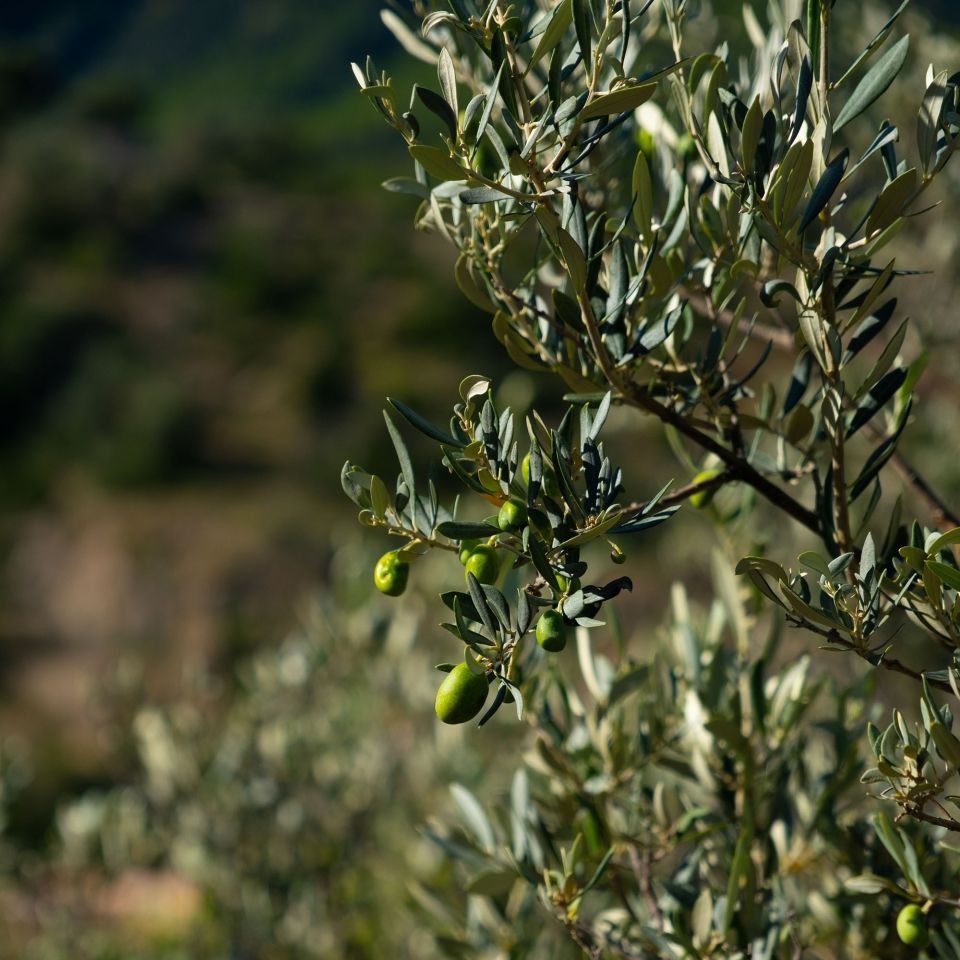
Read More: The Ultimate Guide to Studying Abroad in Palma de Mallorca
How to Travel to Mallorca
If you’re wondering how to travel to Mallorca, flying is the fastest way to reach the island from mainland Spain, although select cities also offer ferry services. Consider the following most convenient departure points:
- Travel from Barcelona to Mallorca: Flights from Barcelona take 45-60 minutes; ferries take 7.5 hours
- Travel from Madrid to Mallorca: Flights from Madrid take 90 minutes
- Travel from Valencia to Mallorca: Flights from Valencia take an hour; ferries take nine hours
- Travel from Denia to Mallorca: Ferries from Denia take five hours
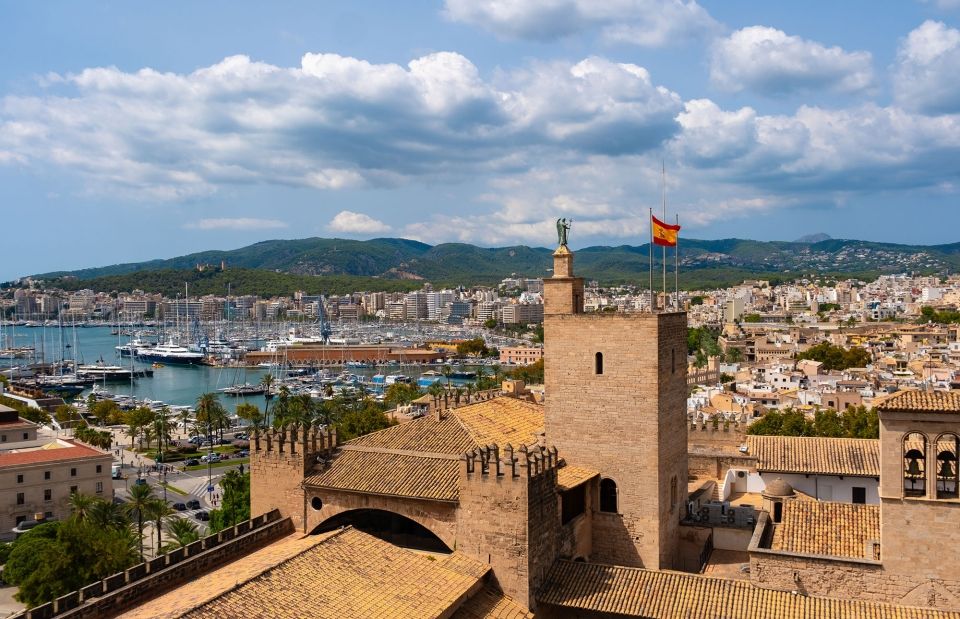
Top 5 Mallorca Travel FAQs
As you ponder taking your studies to Mallorca, consider the following important FAQs to make the most of your time abroad.
FAQ #1: When is the best time to travel to Mallorca?
The nicest time of the year to enjoy all Mallorca has to offer is typically between March and October. However, July and August boast extremely high temperatures (85 degrees Fahrenheit). Additionally, Europeans typically vacation on Mallorca during the summer, so keep in mind this destination is Europe’s summertime playground.
FAQ #2: What is the best way to travel around Mallorca?
In Palma, public transportation is convenient and affordable. Not to mention, many historic and cultural sites can easily be reached on foot. To travel to villages and towns outside of Palma, consider the train (like from Palma to Port de Sóller) or a car service.
FAQ #3: What is the local food and drink like?
Like all Spanish food, Mallorca’s food scene is delicioso! Local delights include paella, tapas, pizza (with burrata!), and lots of seafood and meat (think fresh-caught fish, lobster, sausage, pork, and ox). Given the island’s ample olive groves and orange plantations, olive and orange products are readily available. When it comes to beverages, locals indulge in wines and beer, but the tap water is also completely safe to drink!
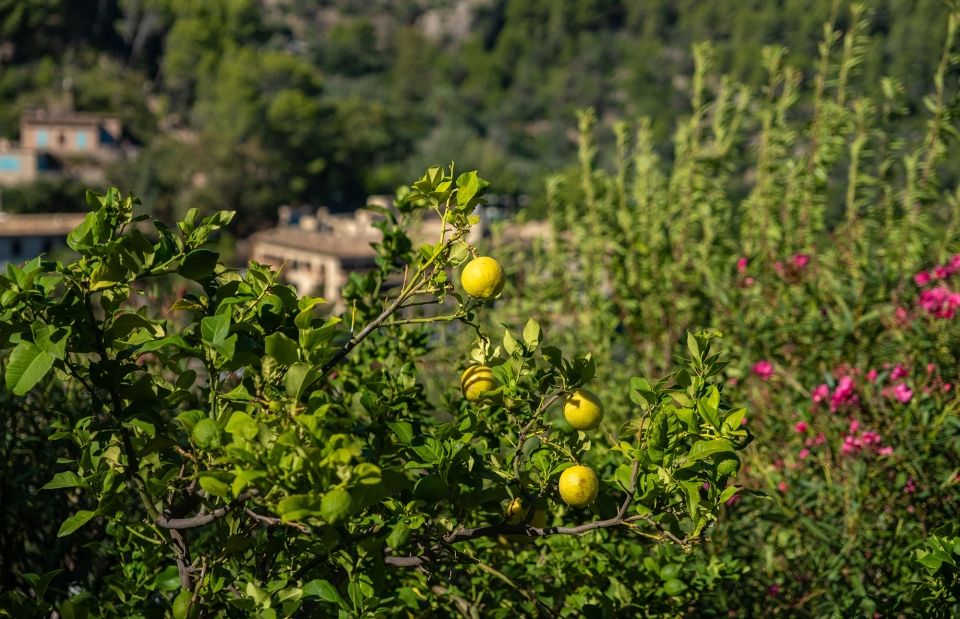
FAQ #4: Is Mallorca safe?
Mallorca is considered a very safe island, although petty crime and pickpocketing may occur. The island is well-developed and boasts a booming tourism industry, so while Spanish is the official language spoken by locals, English is widely spoken. Don’t hesitate to ask locals questions! But, like in any study abroad location, CIEE recommends students keep their belongings secure, stay aware of their surroundings, and travel in groups when possible.
FAQ #5: What is there to do on Mallorca?
Mallorca has no shortage of exciting activities, sites, and outings! From aquariums to parks, hiking trails to swimming holes, museums to shops, public gardens to churches, there are tons of ways to spend your free time and immerse yourself in the local culture. (Keep reading for some of the top places to visit on the island!)
Top 3 Places to Visit When You Travel to Mallorca, Spain
Home to 53 distinct towns, Mallorca is a larger island than most people realize (45+ miles long, 60+ miles wide). With more than 50 municipalities to explore, Mallorca is a world of its own and it can be difficult to narrow down where best to spend your time.
Consider three of the best places to visit when you travel to Mallorca:
Palma
The largest city of Mallorca, Palma is a major seaport and “resort city” located in the southwest region of the island. All CIEE Palma’s programs are hosted here, which students love since this is the heart of the island. In Palma, you’ll find everything you need, from historic churches to beautiful beaches to high-end boutiques to a booming gastronomy scene.
A few top landmarks include:
- La Seu (Mallorca Cathedral): A 14th-century Gothic Roman Catholic cathedral that dominates the skyline of the city. La Seu is the most emblematic building on the island and one of Europe’s tallest structures. Fun fact: Visitors can climb 215 steps to the top for picturesque panoramic views!
- Bellver Castle: This 14th-century Gothic-style castle was built on a hill for King James II of Mallorca. Most notably, this is Spain’s most unique castle and one of the only circular castles in all of Europe.
- Plaça Major: A vibrant plaza and public square in the center of Palma where outdoor craft markets, shops, and cafés are conveniently located.
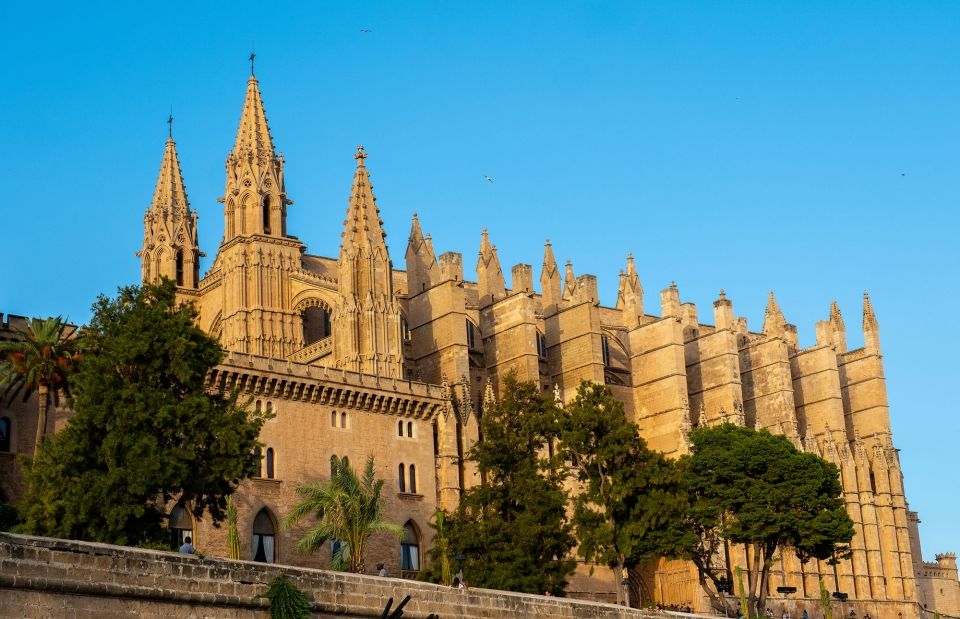
Valldemossa
Situated only 20 minutes northwest of Palma, Valldemossa is the highest town in Mallorca and one of the island’s most objectively beautiful villages. Whether spending a day trip here or a lengthier amount of time, visitors will immediately come to appreciate Valldemossa’s natural beauty, culture, and quaintness. From its lush green forests (as part of the Tramuntana mountain range) to its peaceful and charming streets, there’s a lot to appreciate in this hidden gem.
Some popular activities include:
- Hiking the rich and varied Tramuntana mountain range
- Strolling along the village’s enigmatic cobbled streets
- Visiting the Frédéric Chopin and George Sand Museum (both composers lived on Mallorca!)
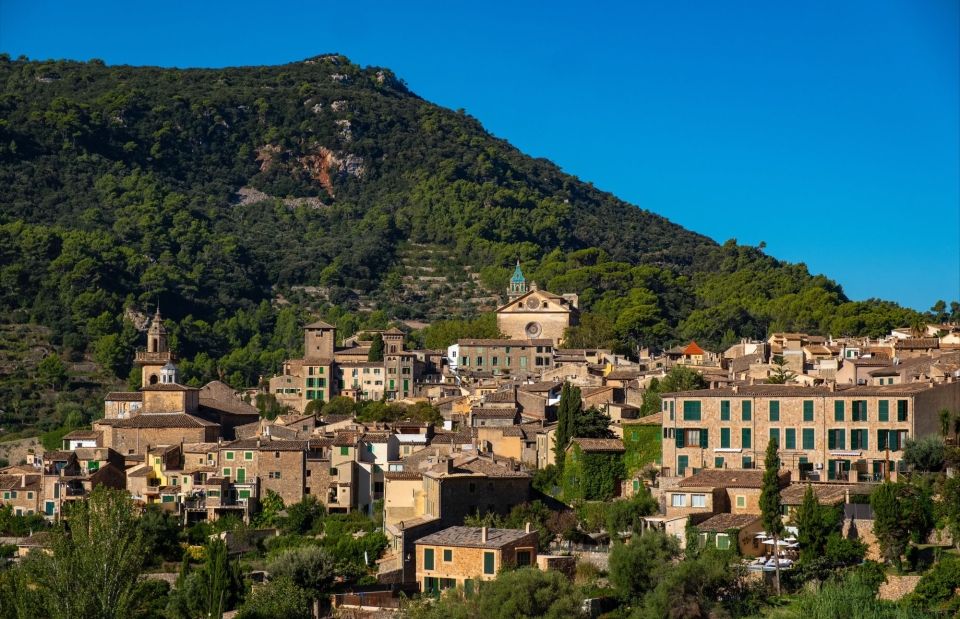
Deià
Located only 15 minutes north of Valldemossa, Deià is a modest coastal village situated in the Serra de Tramuntana landscape. Due to its location, Deià was awarded UNESCO World Heritage Site status for the way nature, culture, and traditions merge. Deià became famous over the years for its olive cultivation, fishing and farming culture, and citrus fruits. This charming village has famously attracted artists, musicians, and other celebrities, like Hollywood giants Michael Douglas and Catherine Zeta-Jones, who once owned an estate along the coast, and Andrew Lloyd-Webber, who summers in Deià.
Spend your time in Deià by:
- Walking the quaint and peaceful streets
- Indulging in local restaurants
- Driving along the main roads to enjoy scenic overlooks
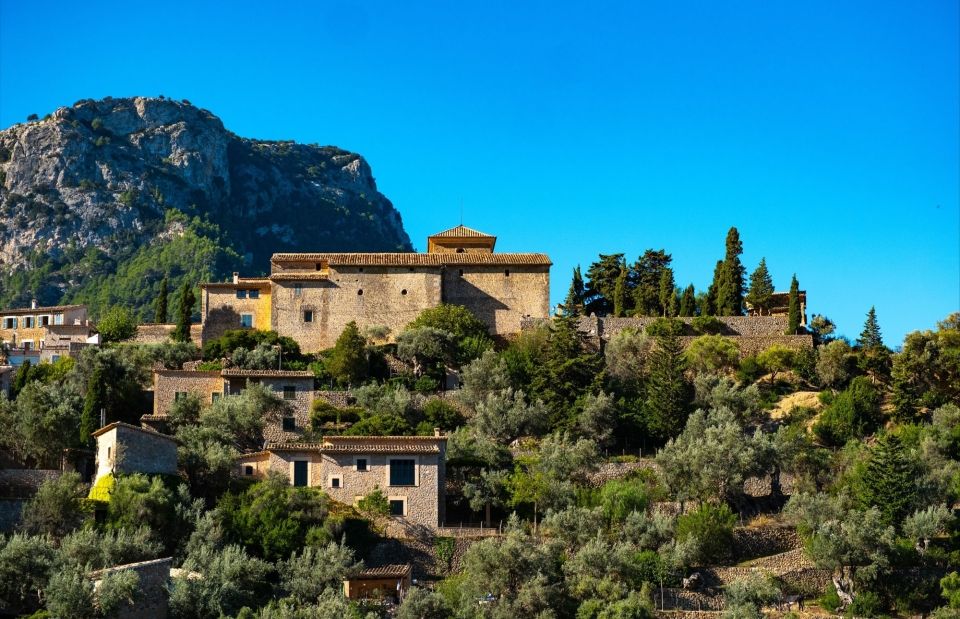
Take Your Studies to Palma de Mallorca
If Mallorca, Spain travel was not already on your bucket list, it should be now! Take the next step and begin your Palma de Mallorca study abroad journey today. Get started!
Related Posts
The Ultimate Guide to Studying Abroad in Palma de Mallorca
Basking in Spain’s island life would be a fine way to study abroad. Don’t you think? Not only can CIEE make it happen, but in Spain’s captivating Palma de Mallorca... keep reading
EAT, DRINK, EXPLORE: PALMA DE MALLORCA
BEST FOOD TO EAT IN PALMA Palma de Mallorca is known as “the foodie epicenter of the Balaeric Islands,” and Mallorquin food is just what you’d expect from an island... keep reading
La Isla de Cambiar
I ought to preface this post by saying that I knew absolutely nothing about the Balearic Islands prior to my study abroad experience. I first heard of the island of... keep reading





